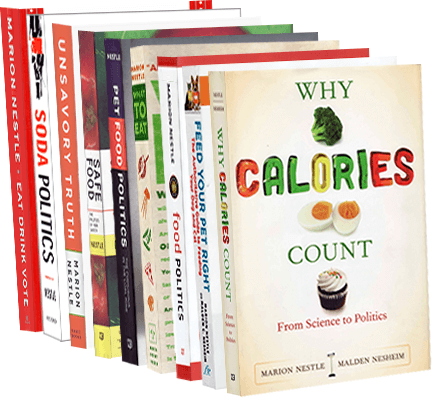I hear rumors from reporters that President Bush’s Food Safety Panel is to announce its recommendations tomorrow. Rumors are that there are four:
1. Give the FDA the authority to recall safe products (recalls now are voluntary).
2. Increase the number of inspectors in countries that export to the U.S.
3. Certify firms with proven records of food safety.
4. Focus resources on riskier products.
Without having seen the Panel’s report, it’s hard to comment but if this is really all there is, it isn’t much. Recall authority and more inspectors are obvious needs. But what about farm-to-table food safety standards, with testing and enforcement? What about a single food safety agency? What about more inspectors at our borders? And why do we need a certification program. Every company involved in food production should be thoroughly engaged in safety procedures. If they don’t produce safe food, they should not be allowed to remain in business. Let’s see what the report really says. Stay tuned.

